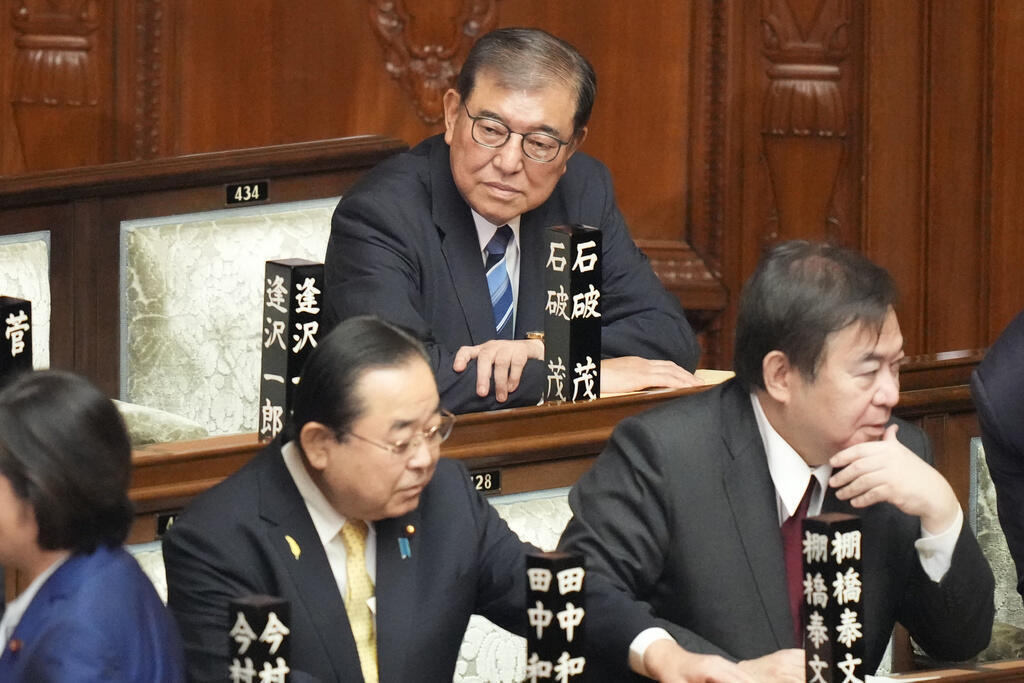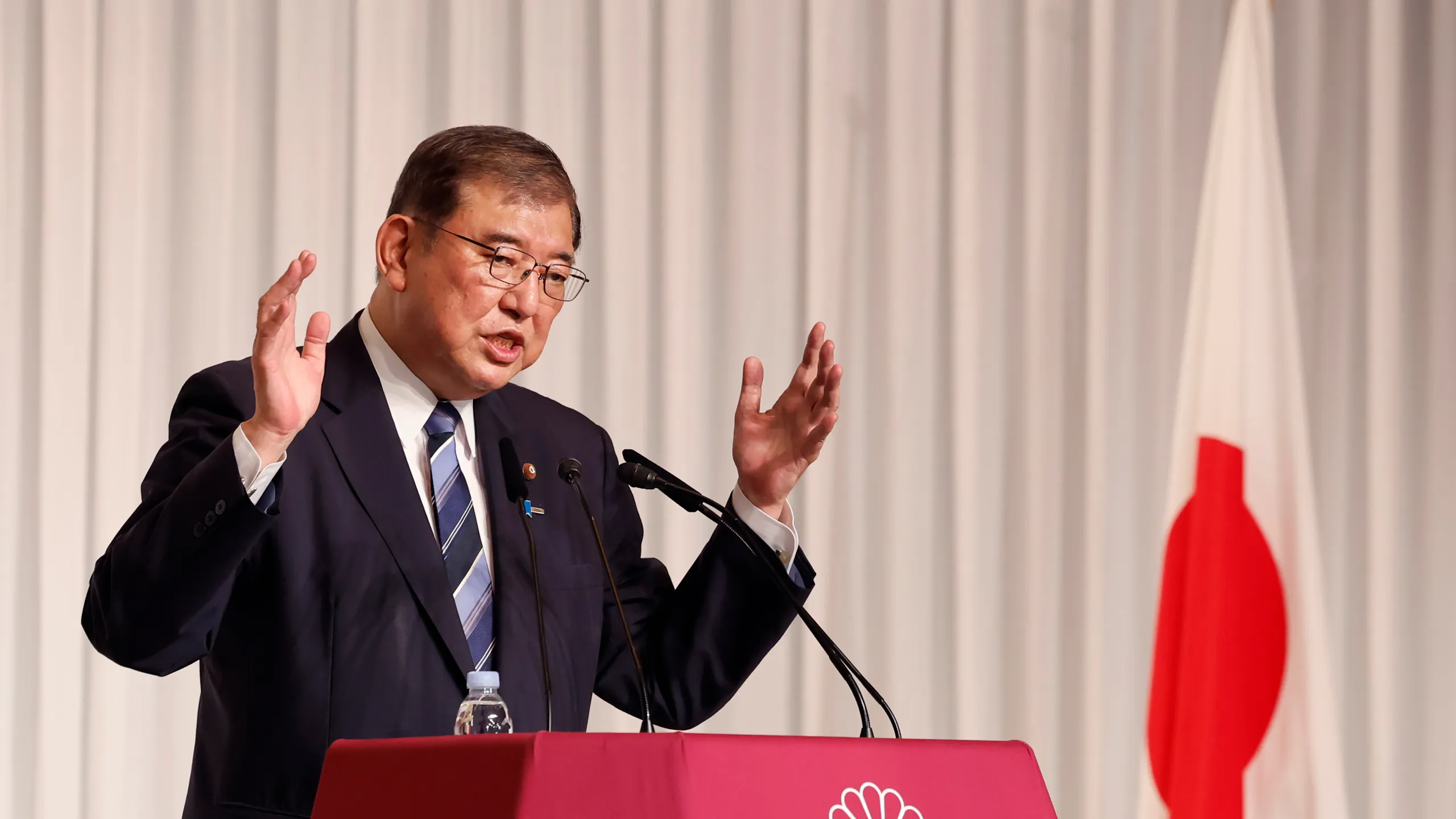Shigeru Ishiba, the newly elected Prime Minister of Japan, reaffirmed his commitment to the critical Japan-U.S. alliance on Tuesday, amid escalating regional tensions. He emphasized the need for a more equitable partnership, aiming to bolster Japan’s defense while simultaneously addressing economic challenges and restoring public confidence ahead of the upcoming national elections later this month.
Ishiba’s ascension follows the resignation of Fumio Kishida, who stepped down due to government scandals, making way for a fresh leadership approach.
As the leader of the ruling Liberal Democratic Party (LDP), Ishiba’s election positions him at the helm of a party coalition that holds a majority in parliament. His Cabinet, which he formed immediately upon taking office, reflects a strong emphasis on defense, featuring several security experts.
Notably, most of the ministers, including Ishiba, are not affiliated with the major factions traditionally led by powerful party figures, signaling a potential shift in the party’s dynamics. However, the Cabinet composition raises concerns about gender representation, with only two women among the 19 appointed ministers.

Shigeru Ishiba Vows to Strengthen Japan-U.S. Alliance and Prepare for Snap Election Amid Regional Tensions and Domestic Challenges
In his first address as Prime Minister, Ishiba underscored the importance of strengthening military collaboration with allies, expressing his aspiration to establish a NATO-like alliance in the Asia-Pacific region.
He described the security situation surrounding Japan as the most challenging since World War II and highlighted the Japan-U.S. alliance as a cornerstone of his defense and diplomatic strategy. His proposals include joint management of U.S. military bases in Japan and the presence of Japanese Self-Defense Forces in the U.S., which would necessitate a revision of the current bilateral status of forces agreement.
A day prior to officially assuming office, Ishiba announced plans for a snap election on October 27, with the intention to dissolve the lower house on October 9. This move has drawn criticism from opposition leaders, who argue that it undermines proper scrutiny of his policies before the election.
The announcement led to a brief delay in the parliamentary vote to approve his leadership, highlighting the contentious political environment Ishiba must navigate as he begins his term.
Ishiba’s Cabinet appointments reflect strategic alliances within the party, as he named several ministers who supported his leadership bid, including experienced figures in defense and foreign affairs.
While he retained some of Kishida’s trusted aides, the overall Cabinet diversity, particularly regarding female representation, has come under scrutiny. Japan’s lower house remains among the lowest in gender equality globally, with women comprising just 10% of its members, indicating a pressing need for improvement in representation.
Beyond defense and security, Ishiba aims to continue Kishida’s economic policies, focusing on combating deflation and addressing Japan’s declining birthrate while enhancing disaster preparedness. His previous experience in various key government roles positions him to tackle these multifaceted challenges.
As the LDP seeks to regain public support amid ongoing corruption scandals, Ishiba’s centrist approach may prove crucial in unifying the party and countering opposition challenges, potentially paving the way for a more stable government.











































